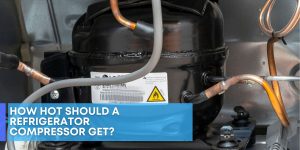A washing machine is a household appliance that cleans clothes by agitating water and detergent against the fabric. It operates on a simple principle: moving water and soap against the dirt, grease, and blood on your clothes.
The parts of a washing machine include the motor(s), pump, plumbing, agitator, control panel(s), drain, clothes hanger, and washer. The motor turns the pump which forces water through the pipes and agitator. The clothes hanger hangs the wet laundry on a wire frame to rotate slowly so that all sides of the clothes are sprayed with water at once. This agitation rubs away dirt, grease, and blood from your clothes while they soak in the tub or sink filled with suds.
If your washing machine is not performing as it should, there are a few things you can do to fix the problem.
The most common issues with washing machines are clogged drains and bad motors. If your machine is draining slowly or not spinning at all, the first step is to clear any debris that may be blocking the drain. Once the drain is free, use a plunger to suction onto the discharge hose and push and pull until the machine starts draining normally again.
If your machine’s motor is failing, there are a few things you can try before calling a professional. First, try resetting the breaker by flipping it back to its “off” position and then turning it back on again. If this doesn’t work, you can remove the power cord from the wall outlet and plug it directly into your washing machine’s electrical socket (make sure you unplug any other appliances in line with the washing machine). Finally, if all else fails, call a professional.





















